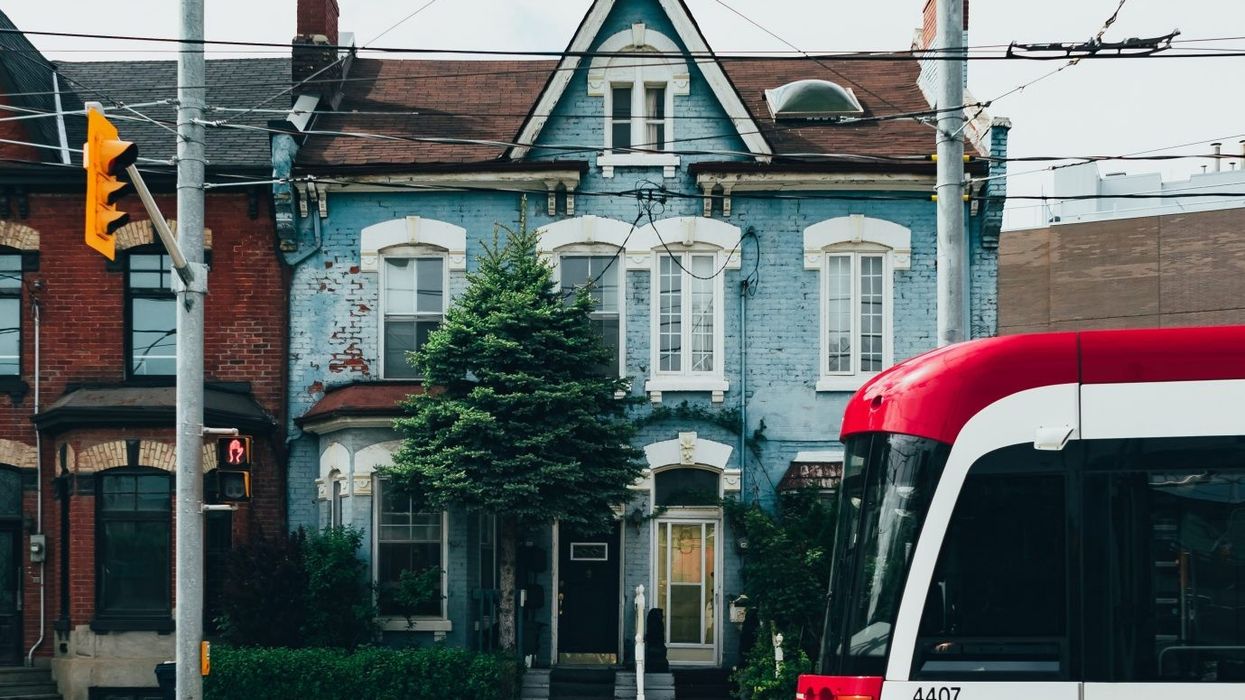Could the housing market correction finally be behind us? For the second month in a row, the GTA region has posted promising gains, with the number of sales increasing by 18.9 per cent from May 2018, according to the Toronto Real Estate Board.
A total of 9,989 homes traded hands, a dramatic uptick from the 15-year-low doldrum the market experienced last year, and up roughly 10 per cent from April. However, while it’s an encouraging sign that demand is back on track, TREB emphasizes that activity remains below the 10-year average, as more than 10,000 homes typically sell during the month of May.
READ: Buying In Toronto Is A Worthwhile Investment If You Can Afford It
The number of new listings also lingered at last year’s levels, with a total of 19,386 brought to market. That’s put pressure on the supply and demand balance, pushing the average home price up by 3.6 per cent to $838,540. That’s a pace deemed sustainable, compared to the rampant 30 per cent year-over-year increases seen at the market’s searing 2016-early-2017 peak. The Home Price Index, which measures the overall value of homes sold, rose by 3.1 per cent.
In the City of Toronto proper, sales rose by 13 per cent with 3,715 transactions, well outpacing the 6,648 new listings brought to market, a 4 per cent increase year over year. That’s put upward pressure of 7.8 per cent on the average price in the 416, which rose to $937,804.
Similar price growth was experienced throughout the Greater Golden Horseshoe with values for Burlington real estate clocking in at $770,151, and Oakville real estate at $994,736.
Supply and Demand Imbalance Could Push Prices Higher
The lack of supply poses one of the biggest threats to the market’s sustainability says Jason Mercer, TREB’s chief analyst. An imbalance that lingers for the long term could once again put searing pressure on price growth, and it also leads to gridlock among both buyers and sellers; homeowners are less likely to list if they fear being unable to get back into the market once their home is sold.
“We are experiencing annual rates of price growth that are largely sustainable right now in the GTA – above the rate of inflation, but in the single digits,” he states. “If, however, we continue to see growth in sales outstrip growth in new listings, price growth will accelerate. Many households are not comfortable listings their homes for sale because they feel that there are no housing options available to better meet their needs.”
However, TREB President Garry Bhaura emphasizes that the GTA continues to be underpinned by strong economic factors such as job creation and immigration, which continues to feed the growing demand for housing.
READ: Toronto’s Rapid Population Growth Could Cause Housing Crisis: Expert
“After a sluggish start to 2019, the second quarter appears to be reflecting a positive shift in consumer sentiment toward ownership housing. Households continue to see ownership housing in the GTA as a quality long-term investment as population growth from immigration remains strong and the regional economy continues to create jobs across a diversity of sectors,” he stated.
“However, sales activity continues to be below the longer-term norm as potential home buyers come to terms with the OSFI mortgage stress test and the fact that listings continue to be constrained relative to sales.”
READ: Affordable Units Could Soon Become Mandatory In All Toronto Condos
The pace of sales growth was strongest for detached and semi-detached houses, which rose 25 per cent to 3,469 transactions and 27.9 per cent to 1,019, respectively. Demand for townhouses rose 22.8 per cent with 1,656 sold in May, while condo sales increased by 6.4 per cent with 2,542 sold.
Check out the infographic below to see how sales and price trends have changed year over year in the City of Toronto in May:





















